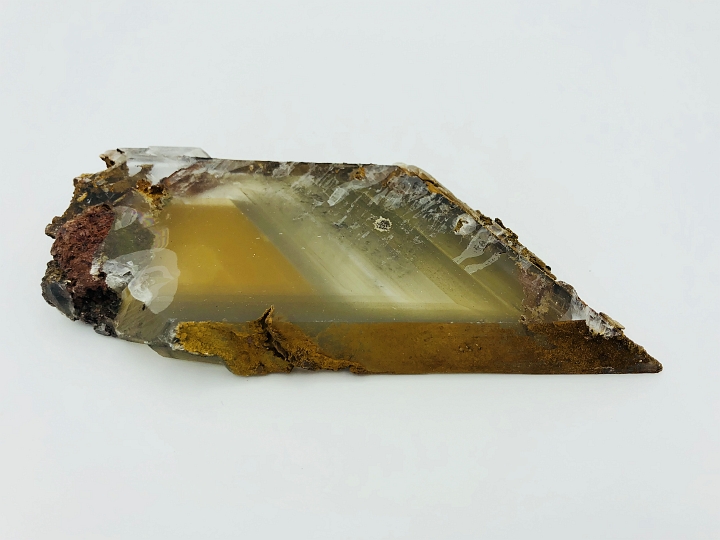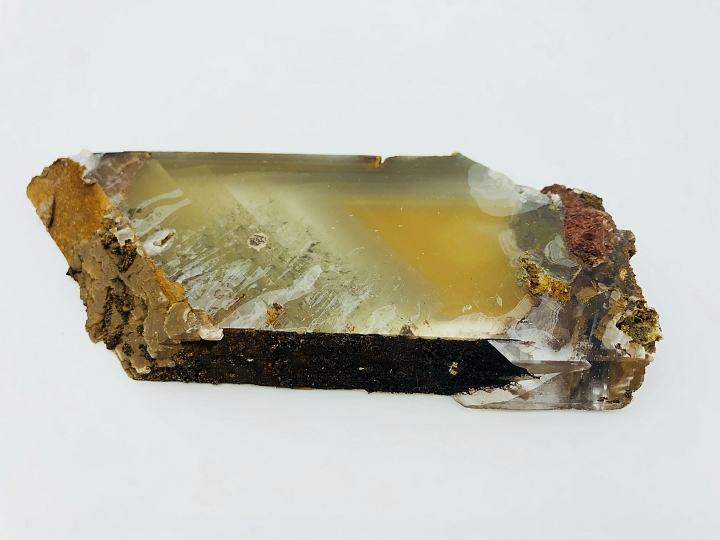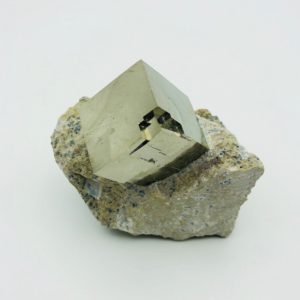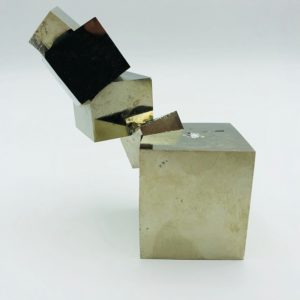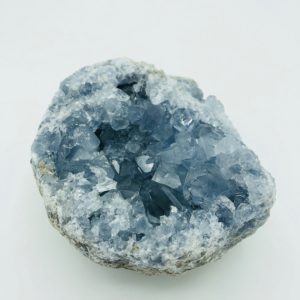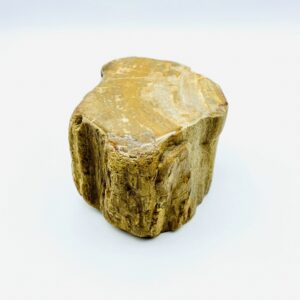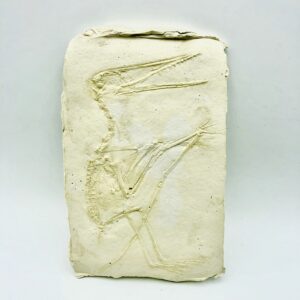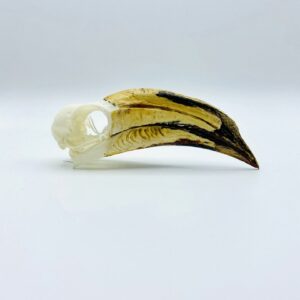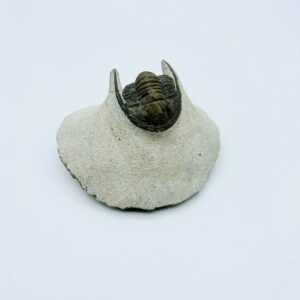Description
The word gypsum is derived from the Greek word γύψος (gypsos), “plaster”. Because the quarries of the Montmartre district of Paris have long furnished burnt gypsum (calcined gypsum) used for various purposes, this dehydrated gypsum became known as plaster of Paris. Upon addition of water, after a few tens of minutes plaster of Paris becomes regular gypsum (dihydrate) again, causing the material to harden or “set” in ways that are useful for casting and construction.
Gypsum was known in Old English as spærstān, “spear stone”, referring to its crystalline projections. (Thus, the word spar in mineralogy is by way of comparison to gypsum, referring to any non-ore mineral or crystal that forms in spearlike projections). Gypsum may act as a source of sulfur for plant growth, which was discovered by J. M. Mayer, and in the early 19th century, it was regarded as an almost miraculous fertilizer. American farmers were so anxious to acquire it that a lively smuggling trade with Nova Scotia evolved, resulting in the so-called “Plaster War” of 1820. In the 19th century, it was also known as lime sulfate or sulfate of lime.

